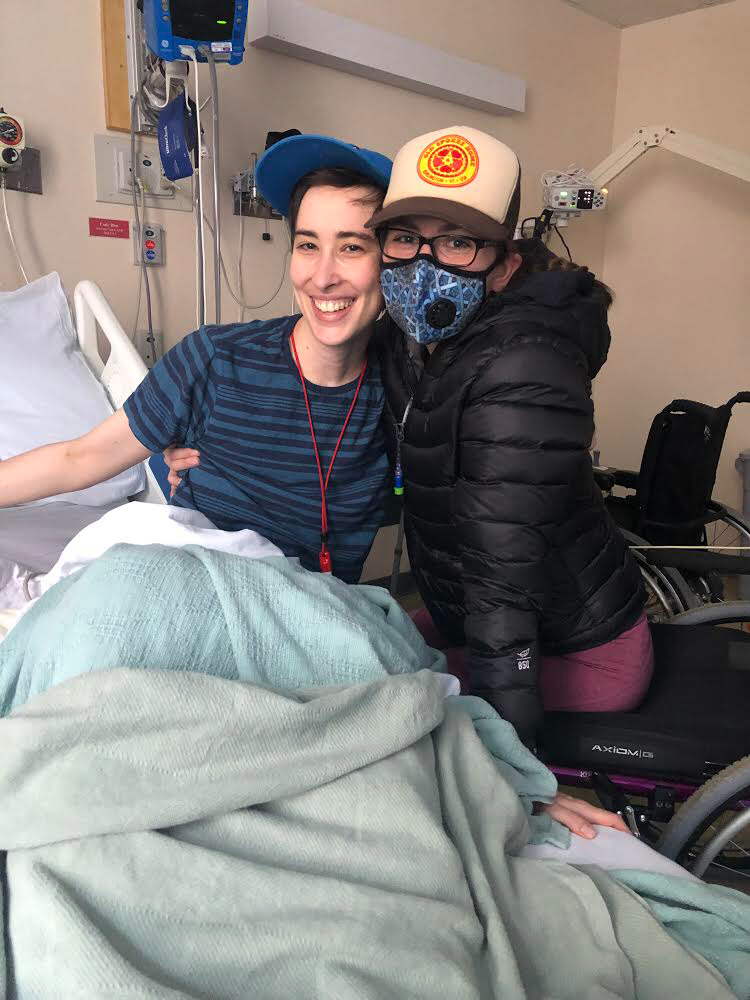This week, we’ve been exploring creative ways to maintain relationships even when dealing with a serious illness. My friend Cameron shared his tips yesterday, and today our Friend in the Fight Kiera has kindly offered to share her story and tips!
The key to much of Kiera’s success is not limiting communication, but being smart about how she communicates. On difficult days, she may only text or send silly animal videos, but even those little bits of contact keep relationships fresh. In addition to energy expenditure, many of us also have to contend with cognitive issues. She uses Marco Polo (or just leaving voicemails) when she can talk but not necessarily follow a conversation. FaceTime is great for face-to-face connection without using spoons to leave your house. Writing letters, postcards, sending art or care packages are great ways to show you care and update people, without the energy cost of conversation.
Divide and conquer
Kiera specifically sets up “sick chats” vs “non-sick chats.” That way, if it’s established as a sick chat, you don’t need to feel guilty about venting or processing medical stuff, but if someone is triggered by medical distress, they don’t get left out. It can also be nice to have scheduled in time for both releasing the stress, but also having fun, non-health-related, distractions!
“Instagram has a huge chronic illness community,” Kiera said. “I have a chronic illness specific account that I use to connect with people all over the world as well as to discuss my day to day life with chronic illness, share research, and do advocacy based stuff. I have a personal Instagram for non medical-based stuff. And then I use facebook for mostly non-medical stuff, but will update occasionally for big things like surgery or research articles.”
Connection doesn’t have to mean long talks
Sometimes, there really isn’t anything left to say. In those moments, Kiera writes letters from fictional characters. She says, “it allows for contact and showing love… we can lead whatever type of life we want.”
Just like Cameron, Kiera sets limits and communicates them clearly, so that even if she still feels ok, she doesn’t accidentally push too far and cause a crash. Out of home visits are kept to 5 minute hugs and hi’s, and at-home visits are 30 minutes. When the bell goes off, it’s time to say goodbye.
It can feel uncomfortable, navigating friendships through chronic illness. It can feel unfair, like Anne Hathaway in Love and Other Drugs put it, “I’m gonna need you more than you need me.” But it’s not actually that simple — people around you will actually benefit from the boundaries you set, the tools you use, and the communication you learn. We are always learning how to be better at relationships, and Friends in the Fight can be great ambassadors for intentional changes!
Remember, you can always find new Friends in the Fight in our Facebook group and online community! We hope to see you there!

